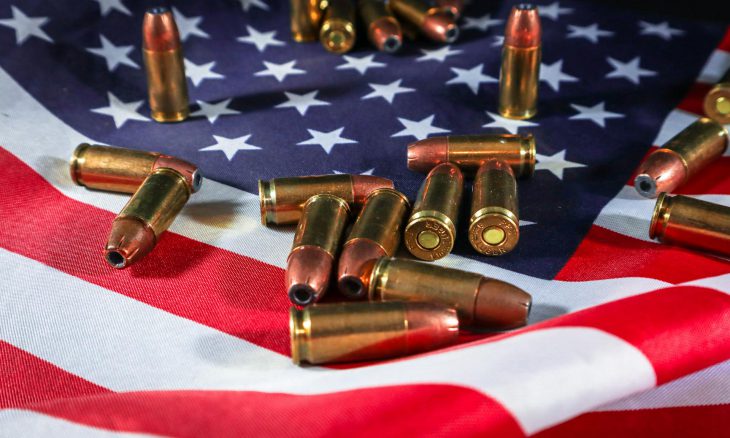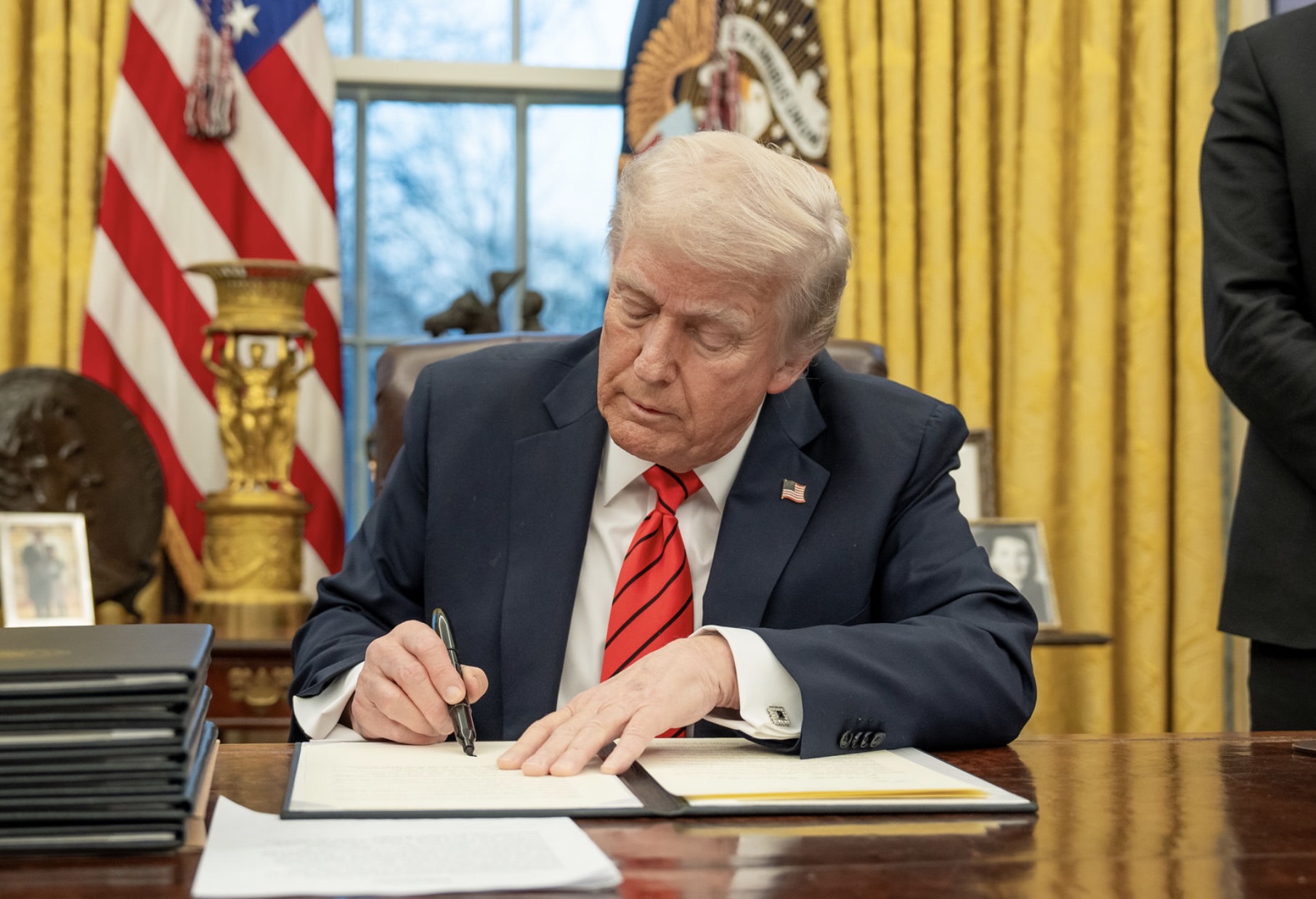A clearer look at its origins, meaning, and place in today’s society.
PRAY FIRST for wisdom among leaders and lawmakers and for God to give His discernment to those shaping policies as they relate to the Second Amendment of the United States Constitution.
Give your servant therefore an understanding mind to govern your people, that I may discern between good and evil. 1 Kings 3:9
There has been discussion around the Second Amendment: what it is, what is one’s understanding regarding its implementation, and more. But what does this amendment really say, and what is its real meaning? The Second Amendment to the U.S. Constitution was ratified in 1791 as part of the Bill of Rights. Drafted primarily by James Madison, its creation was shaped by a young nation’s desire to prevent tyranny and ensure security through local militias. At the time, the recent memory of British occupation and the Revolutionary War deeply influenced political thinking.
The Founding Fathers viewed militias—comprised of ordinary citizens—as a safeguard against government overreach. This thinking reflected both a practical reality and a philosophical conviction rooted in Enlightenment ideals of liberty and self-determination. These militias were state-organized but locally led, and their existence was seen as a balance to a standing army, which many feared could evolve into a tool of oppression.
Meaning and Interpretation
The exact wording of the Second Amendment is: “A well regulated Militia, being necessary to the security of a free State, the right of the people to keep and bear Arms shall not be infringed.” The structure of the sentence has sparked centuries of legal and public debate.
In 18th-century language, “well-regulated” meant properly functioning or disciplined, not government-controlled as some assume today. The militia referenced was not a standing force, but everyday citizens trained to defend their communities. The “right to bear arms” was seen as both an individual and collective protection, connected to defense and liberty.
While the amendment clearly affirms a right, it doesn’t define limits or parameters, leaving interpretation open. Most constitutional scholars agree it protects individual ownership of firearms, but reasonable regulations are not inherently unconstitutional.
Legal and Societal Interpretations Over Time
Interpretations of the Second Amendment have shifted across centuries. In the 19th century, courts largely tied gun rights to militia service. However, in the landmark 2008 case District of Columbia v. Heller, the U.S. Supreme Court ruled that the Second Amendment protects an individual’s right to possess firearms unconnected to service in a militia.
This decision redefined the amendment for modern times but also left room for governments to implement regulations. One common misconception is that the amendment guarantees unrestricted access to any and all weapons. Courts have upheld bans on certain types of firearms, like fully automatic weapons, as consistent with constitutional boundaries.
The individual vs. collective rights debate continues to shape policy and discourse. While the Heller decision emphasized individual rights, it acknowledged limitations, allowing for laws that promote public safety.
Current Protections and Legal Boundaries
Today, both federal and state laws influence how the Second Amendment is applied. Federal laws mandate background checks for purchases from licensed dealers, prohibit firearm possession by certain individuals (like felons or those with mental illness), and regulate the sale of specific types of weapons.
Other weapon bans and firearm registration laws vary by state. These measures are often challenged but have been upheld when they don’t infringe upon what courts define as “core” Second Amendment rights.
The Second Amendment isn’t self-executing—it relies on courts, legislation, and enforcement to remain meaningful. Like all constitutional rights, it is shaped by law and by the people interpreting and applying it.
Public Perspective and Modern Debate
Public opinion on the Second Amendment is deeply divided. Many Americans view it as a safeguard for personal liberty and protection, while others see it through the lens of public health and safety, especially amid rising violence.
Views often differ based on geography, age, and political ideology. Urban areas may favor more restrictions, while rural communities tend to uphold gun rights as essential. Pew Research Center found that while most Americans support some form of regulation, they also affirm the Second Amendment as a key constitutional protection.
The Second Amendment remains central to national debates as the media highlights school shootings, mass violence, and policing. These complex issues force society to continually reevaluate how to uphold rights while preserving life.
Legal scholars and policymakers occasionally propose changes to the Second Amendment, but formal amendments are rare and politically tense. Still, the conversation continues.
Future shifts will likely come not from changing the text itself, but from evolving legal interpretations and legislation that reflects public consensus and constitutional boundaries.
Why It Matters and How We Can Respond
This topic deserves attention not only for its legal implications but for its human ones. As followers of Christ, the debate invites reflection on how we value life, community, and responsibility. We are called to be peacemakers, yes, but also to act with wisdom and courage. Scripture does not prescribe a policy, but it does call us to seek understanding: “The beginning of wisdom is this: Get wisdom, and whatever you get, get insight” (Proverbs 4:7).
We can learn from history—not just to preserve rights, but to better discern how those rights affect others. In public discussion, we can model listening without hostility and conviction without aggression. Even when we disagree, our response should reflect the grace and clarity of Christ.
HOW THEN SHOULD WE PRAY:
— Pray for all in our nation as it wrestles with the complicated issues surrounding the balance of personal freedom, protection, and peace as it relates to firearms. The Lord is near to the brokenhearted and saves the crushed in spirit. Psalm 34:18
— Pray for God be at work in and through our federal leaders as they craft policies. May they act reasonably and with sound mind. Let your reasonableness be known to everyone. The Lord is at hand. Philippians 4:5
CONSIDER THESE ITEMS FOR PRAYER:
- Pray for those engaging in policy discussions that they would seek clarity, patience, and a willingness to hear one another fully.
- Pray God’s people, the local church, to be spaces for dialogue and healing and compassion.
- Pray for thoughtful public conversation that prioritizes both safety and the preservation of rights.
Sources: Cornell Law School, Pew Research Center, Encyclopedia Britannica, Bureau of Alcohol Tobacco Firearms and Explosives, Federal Bureau of Investigation









